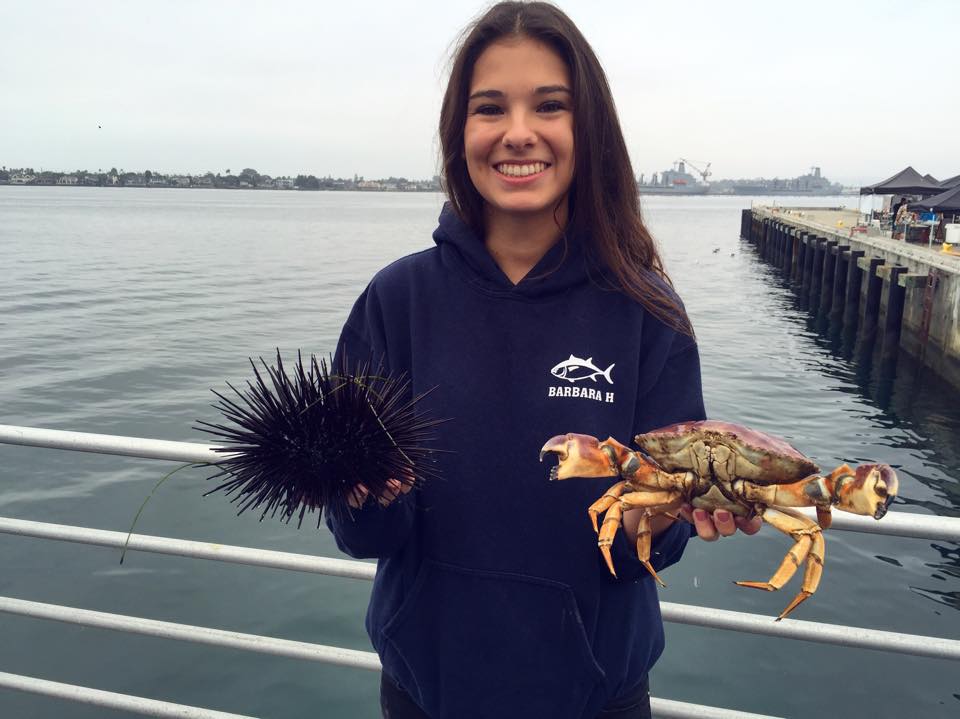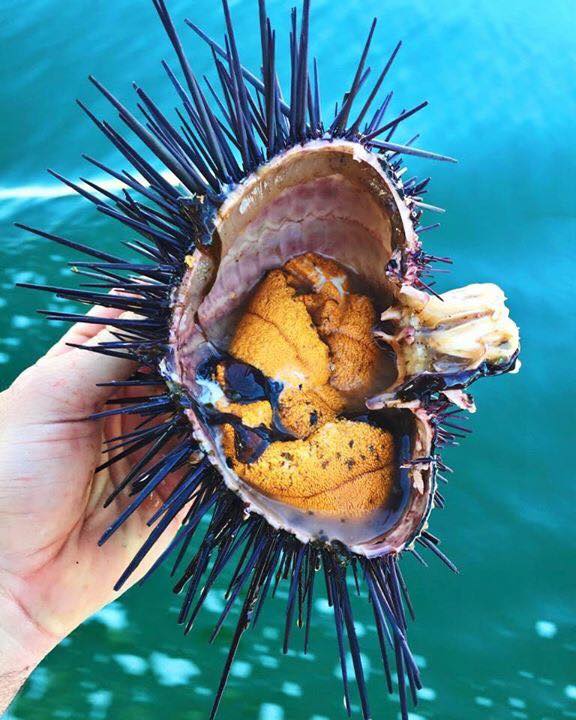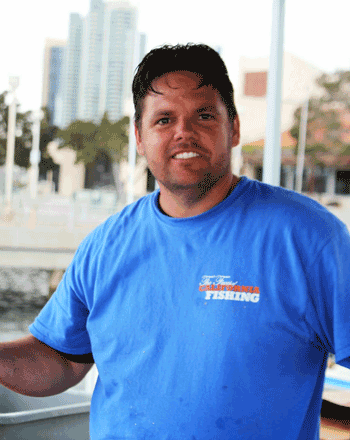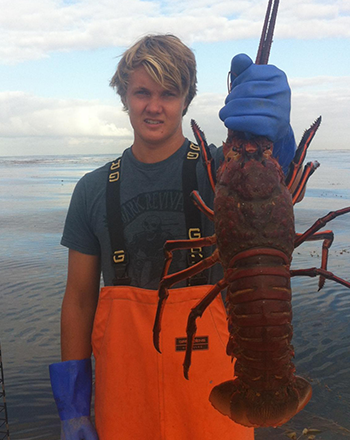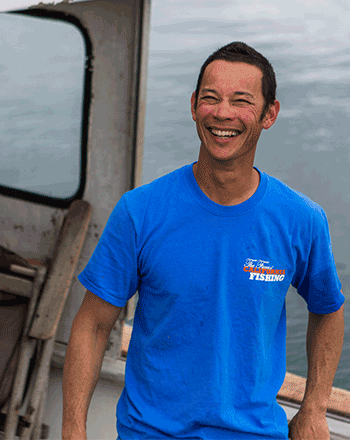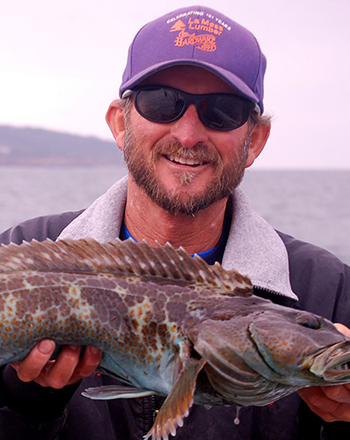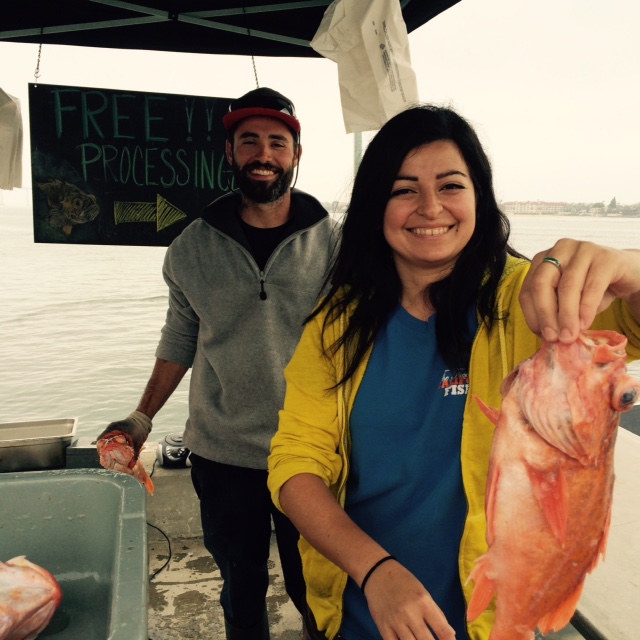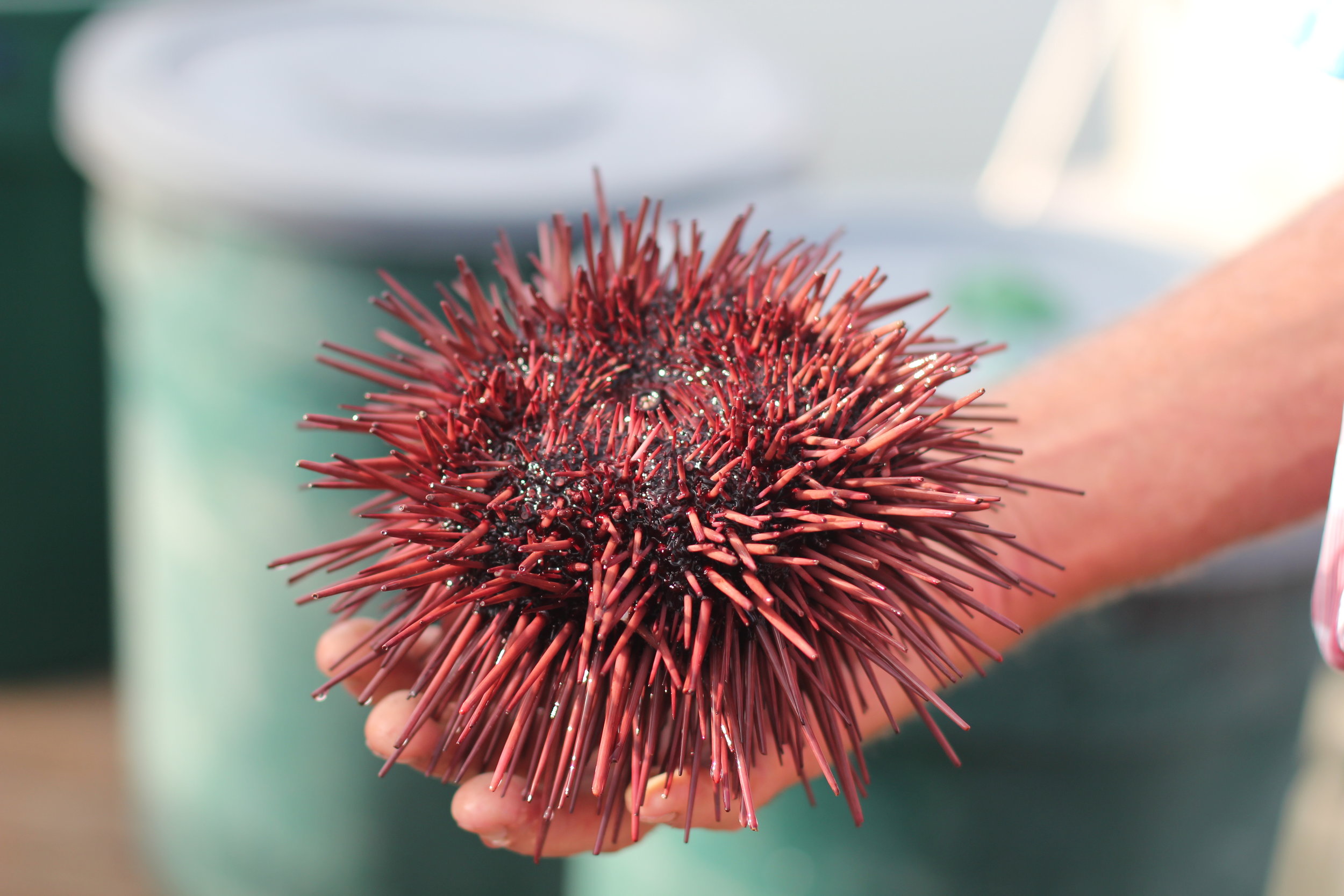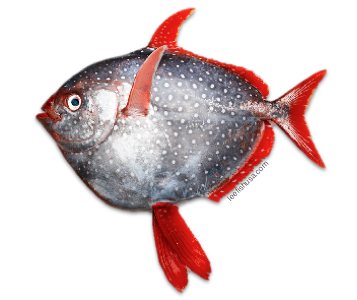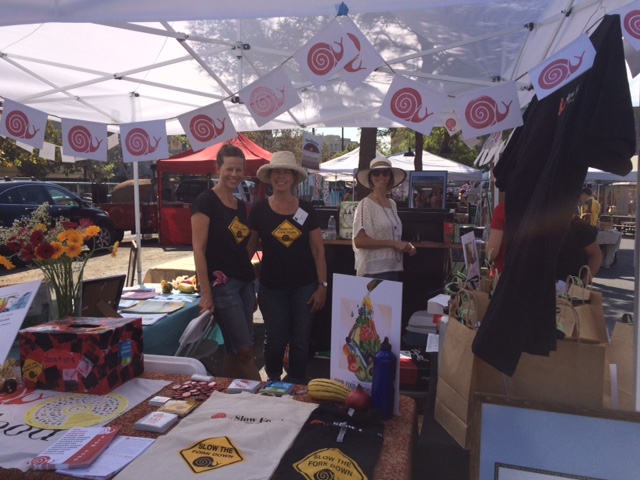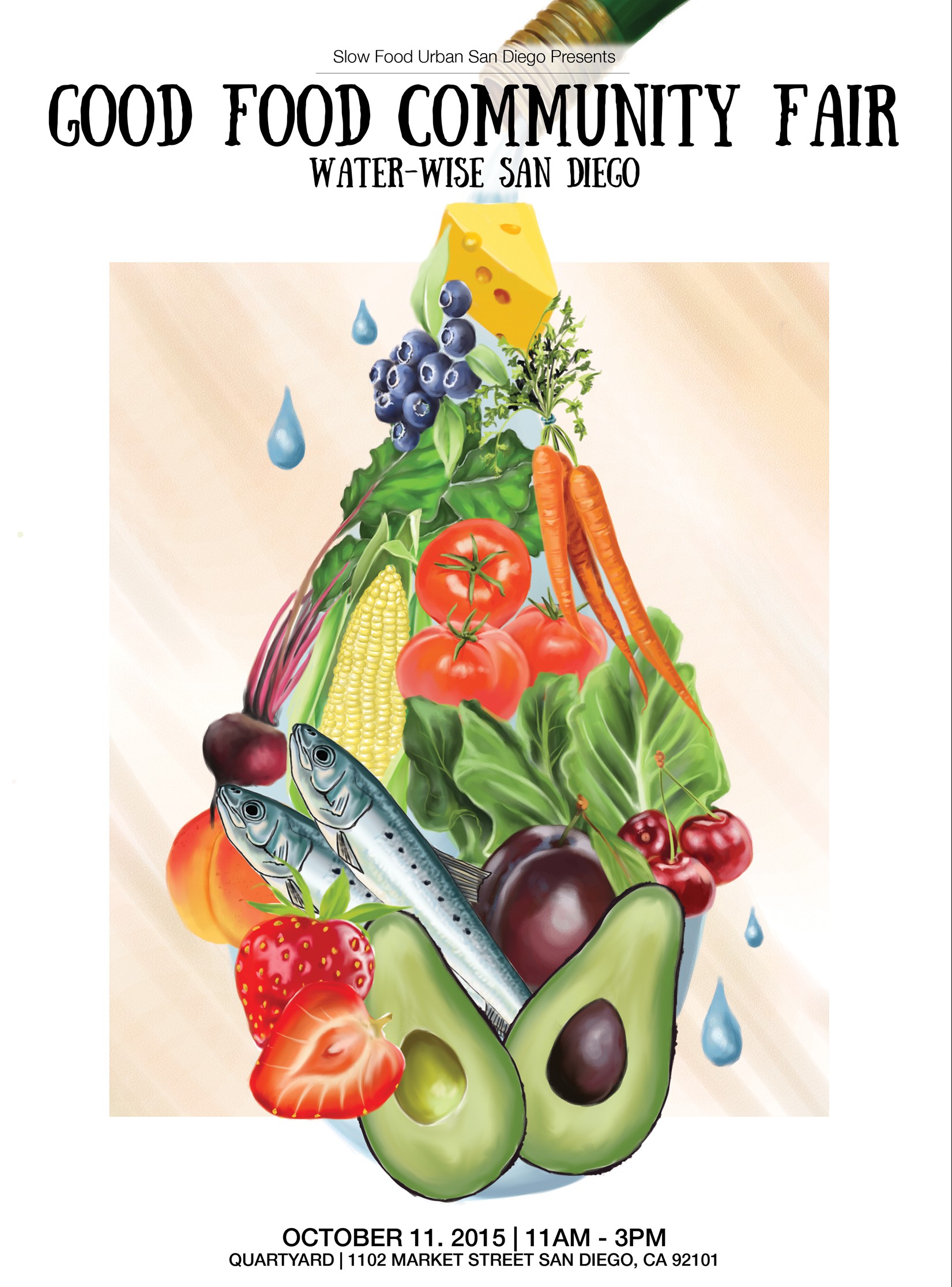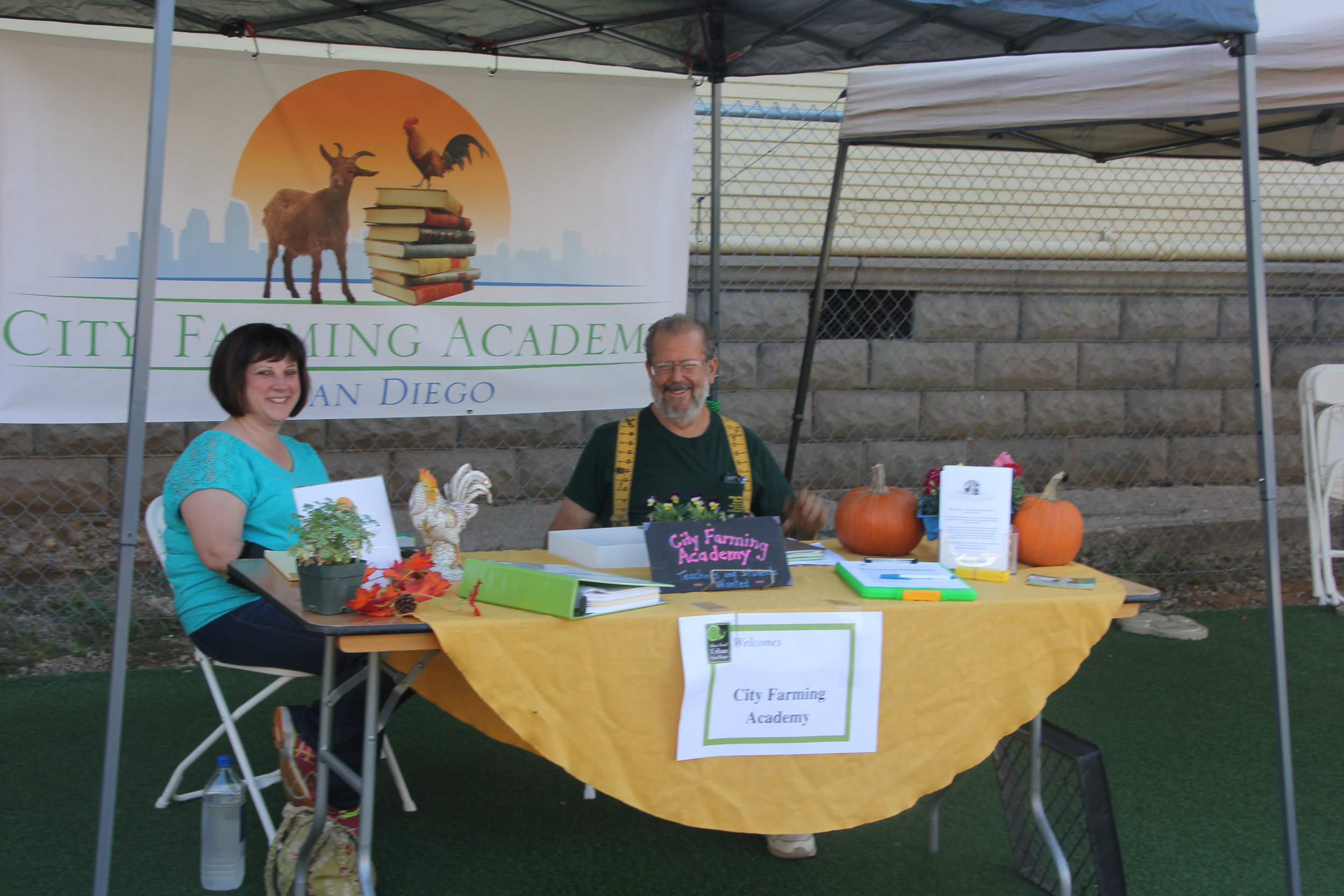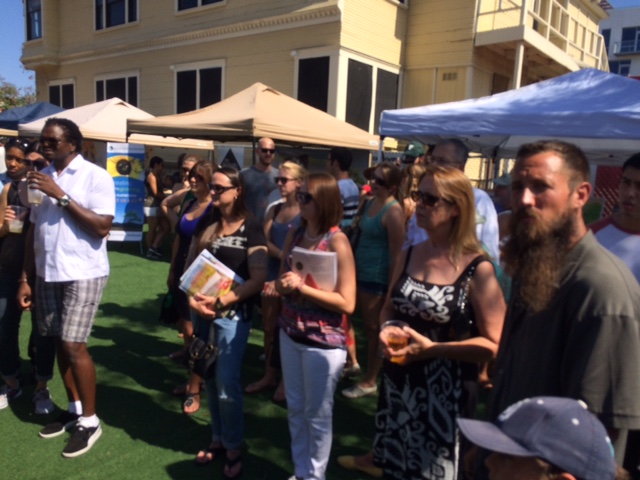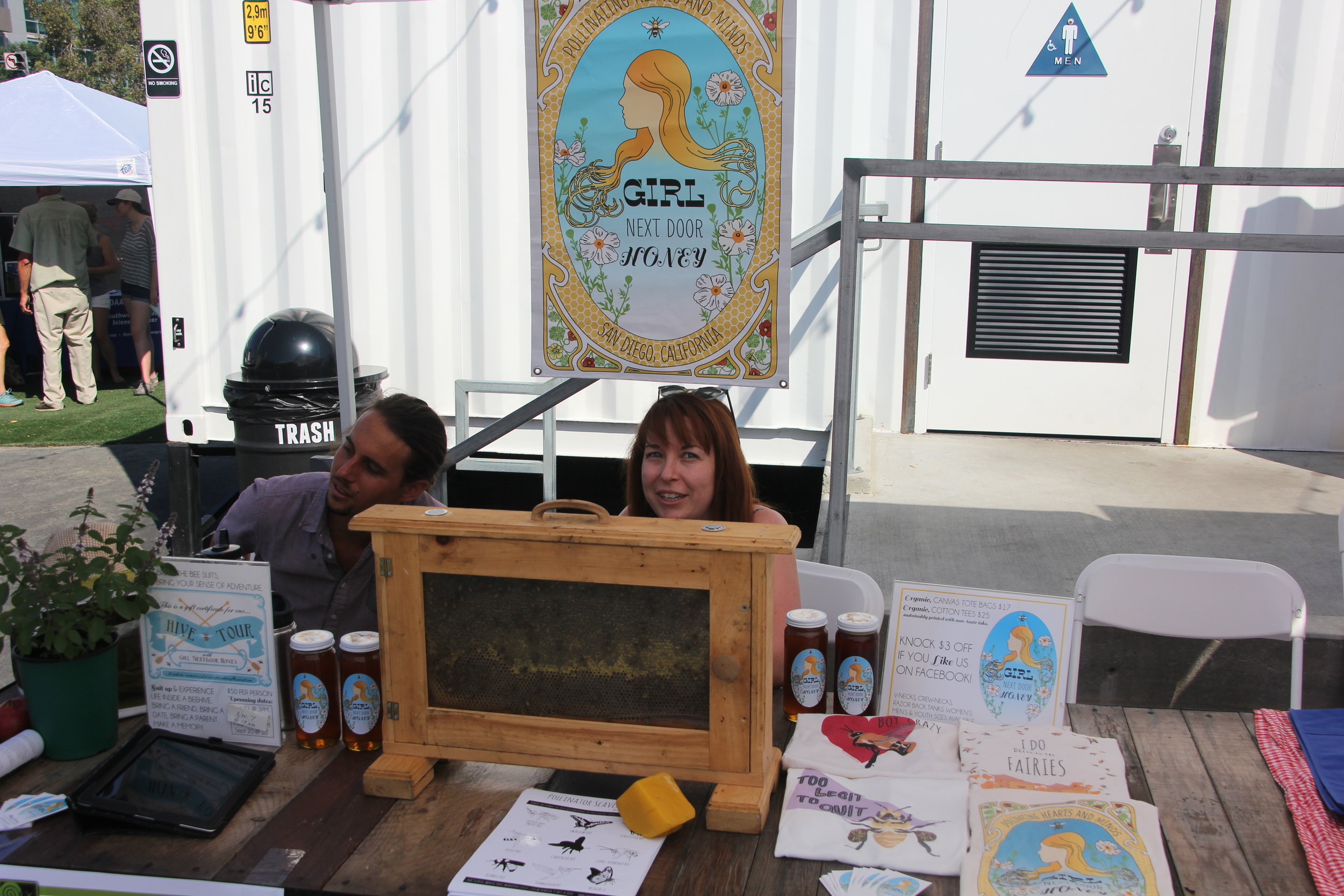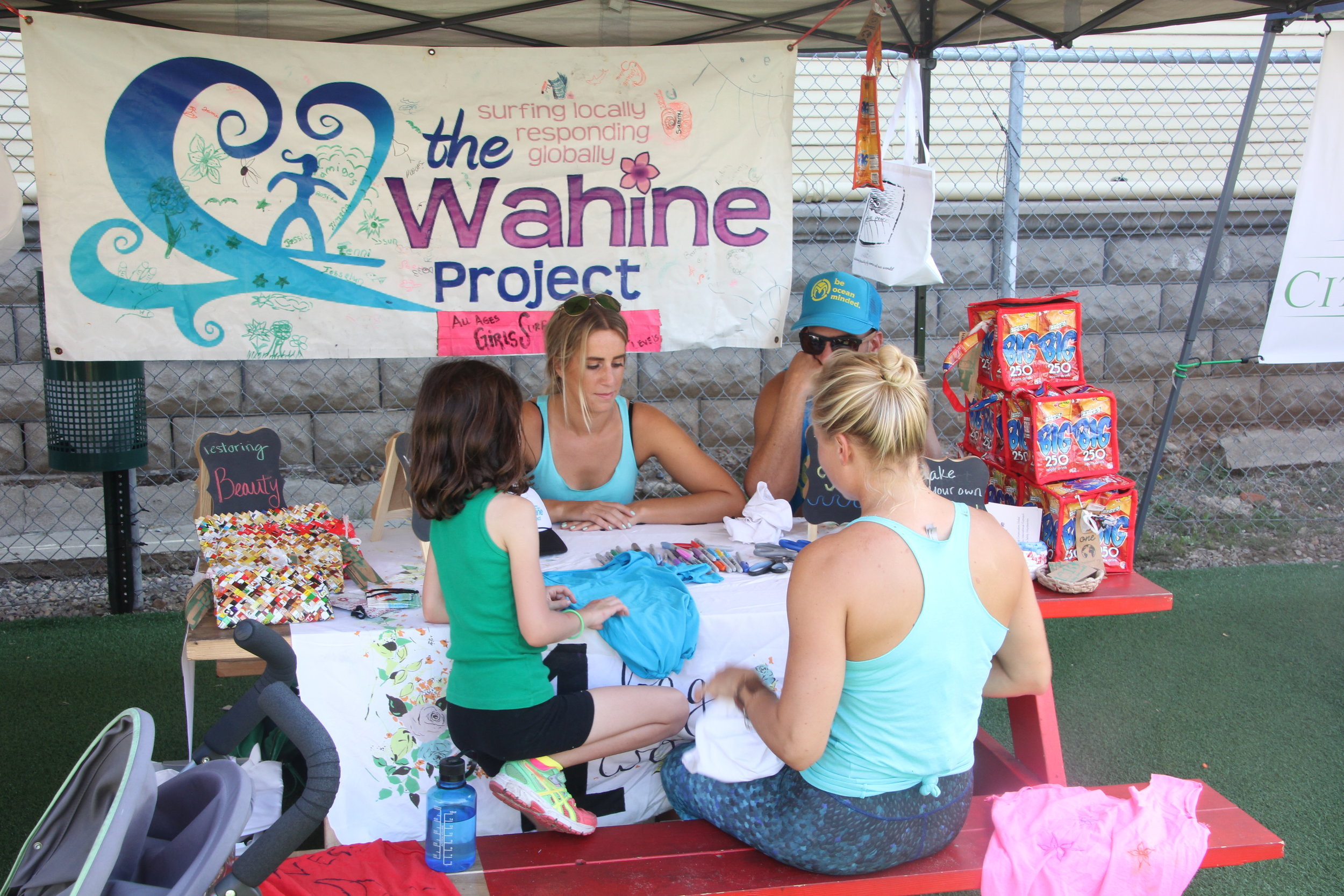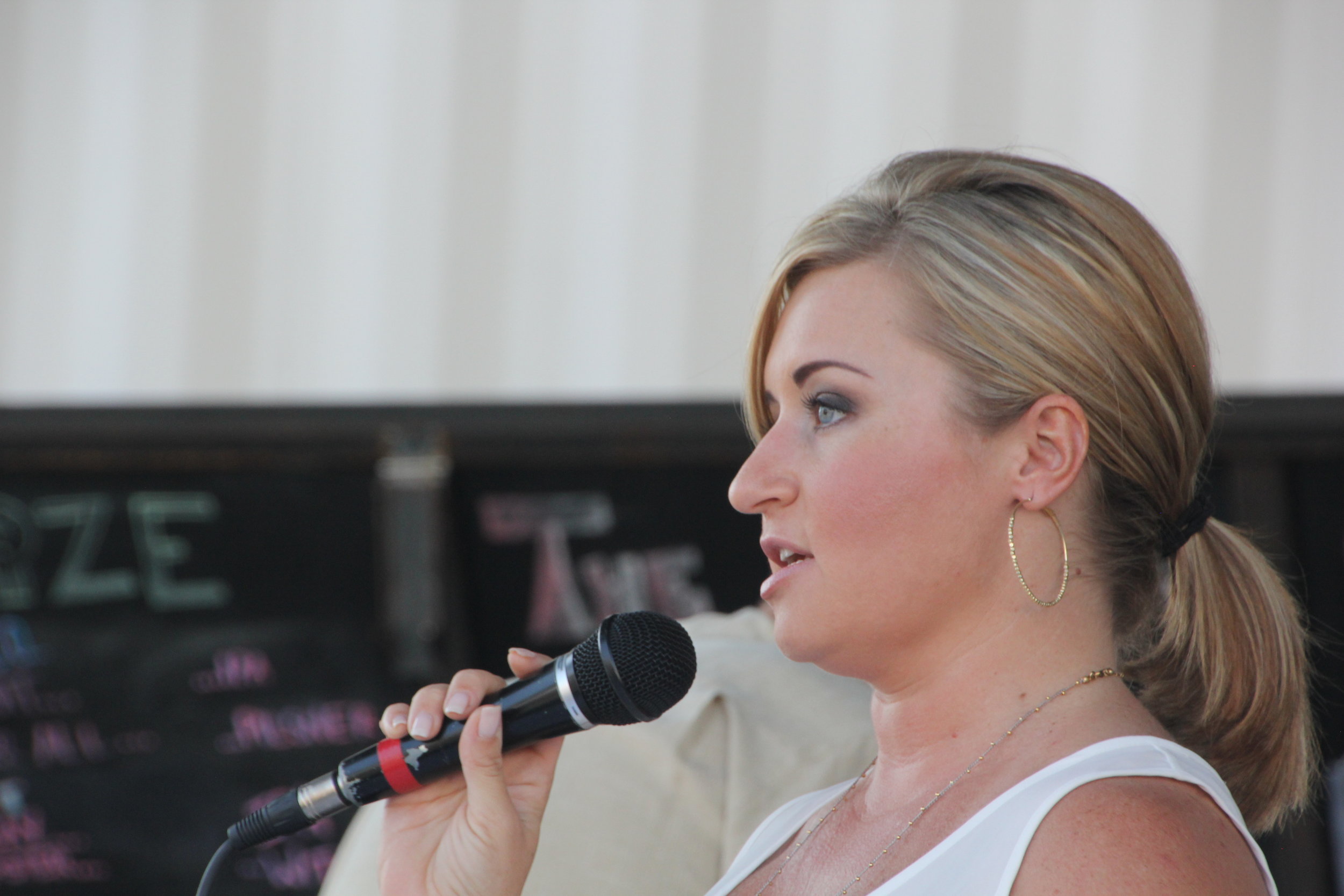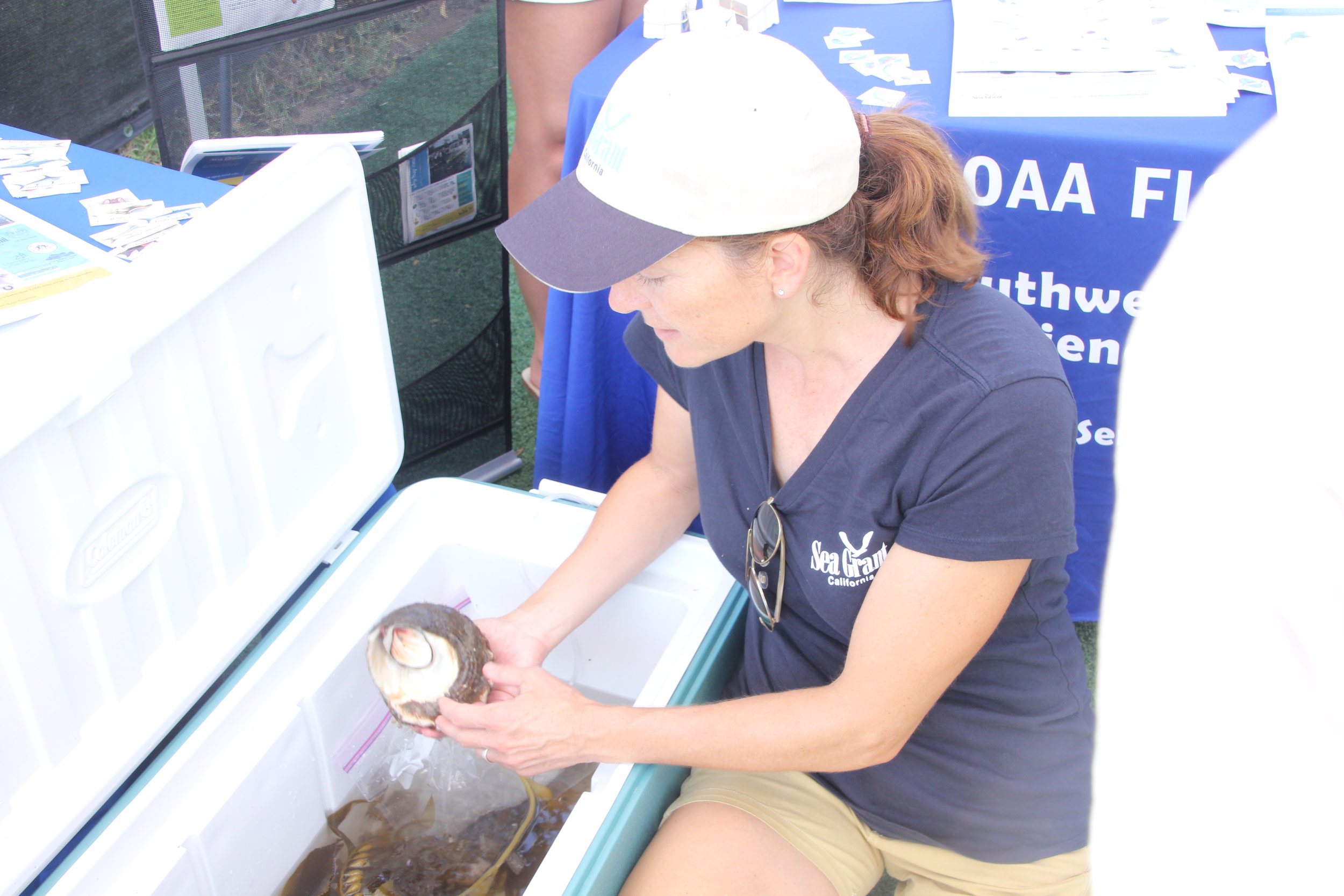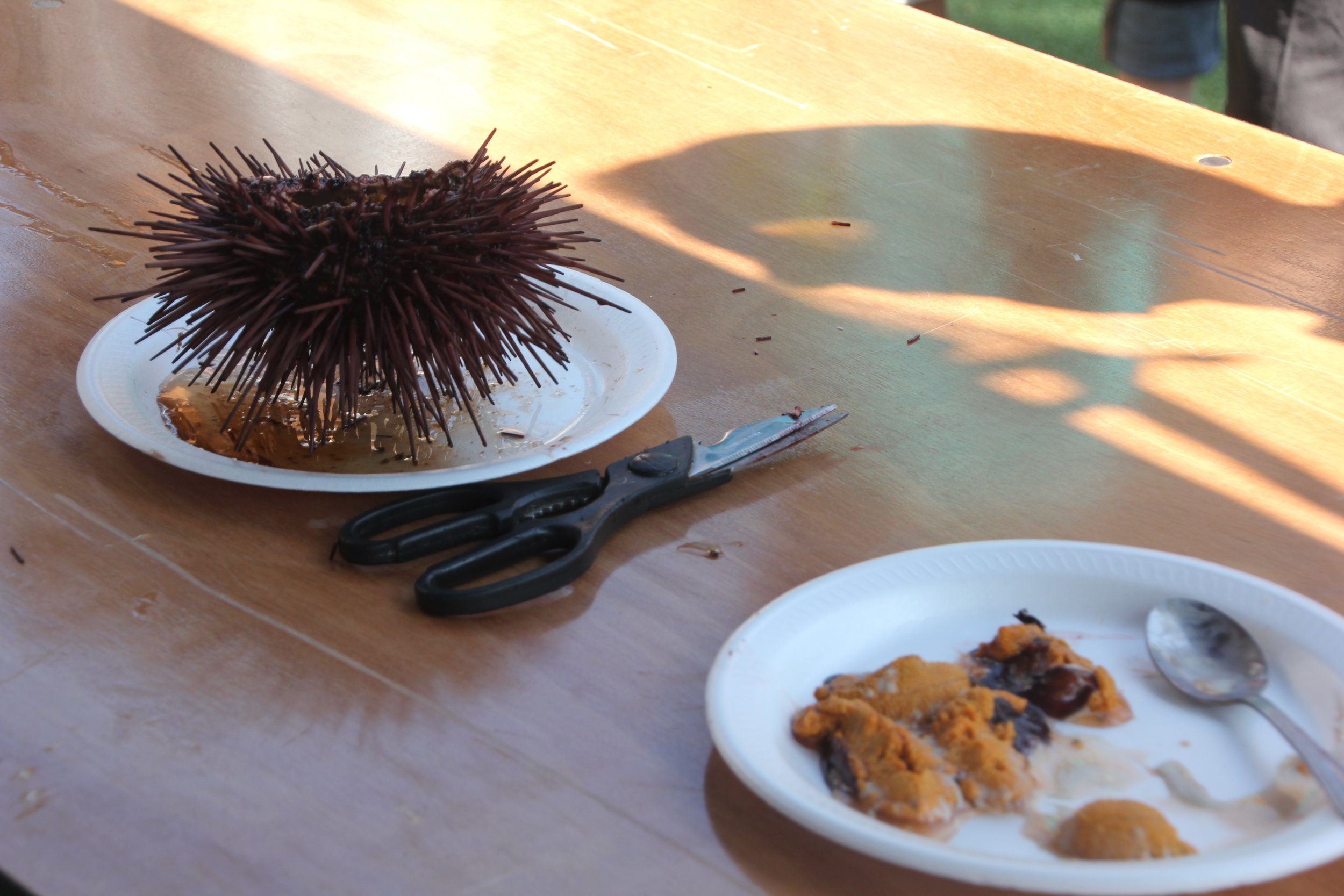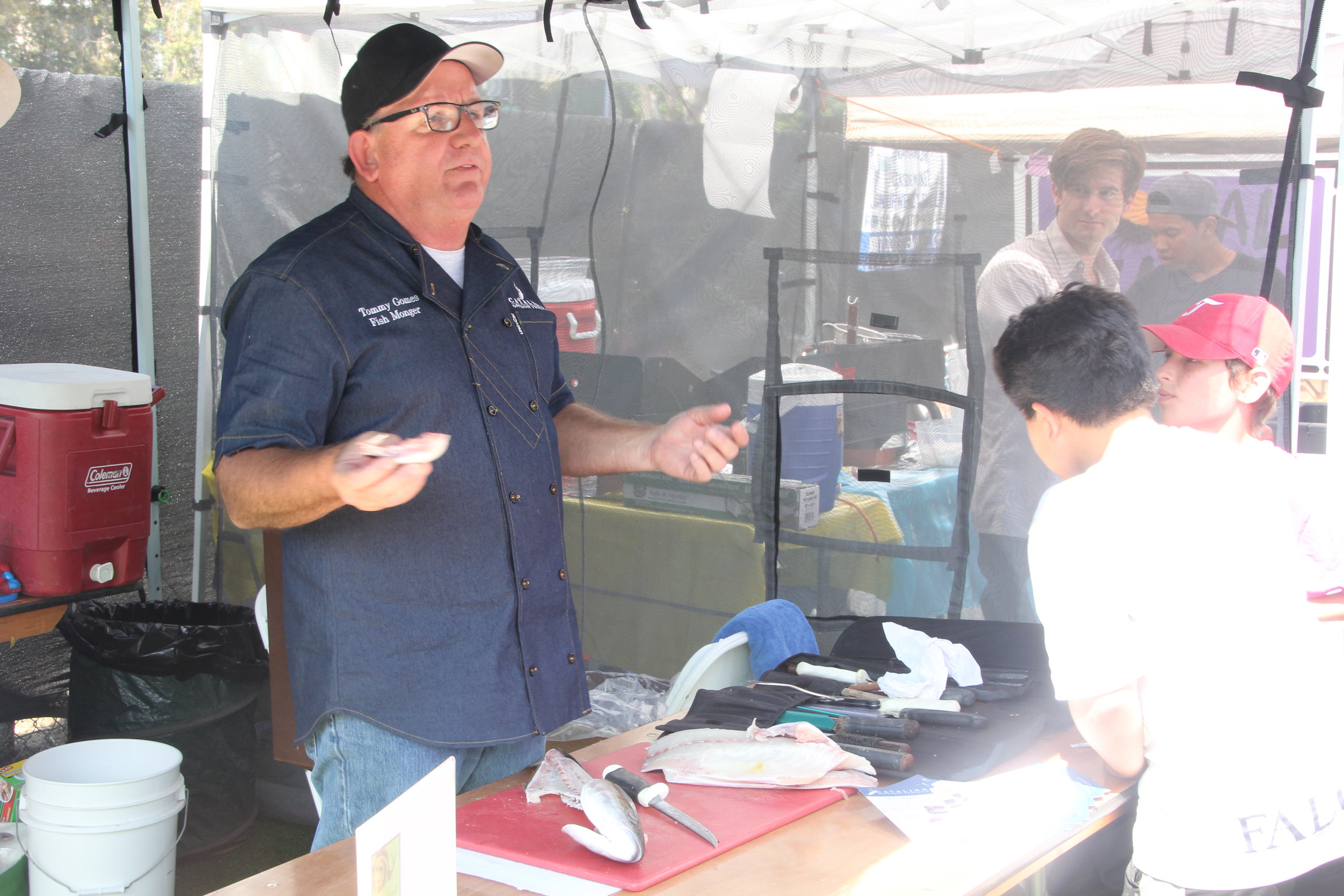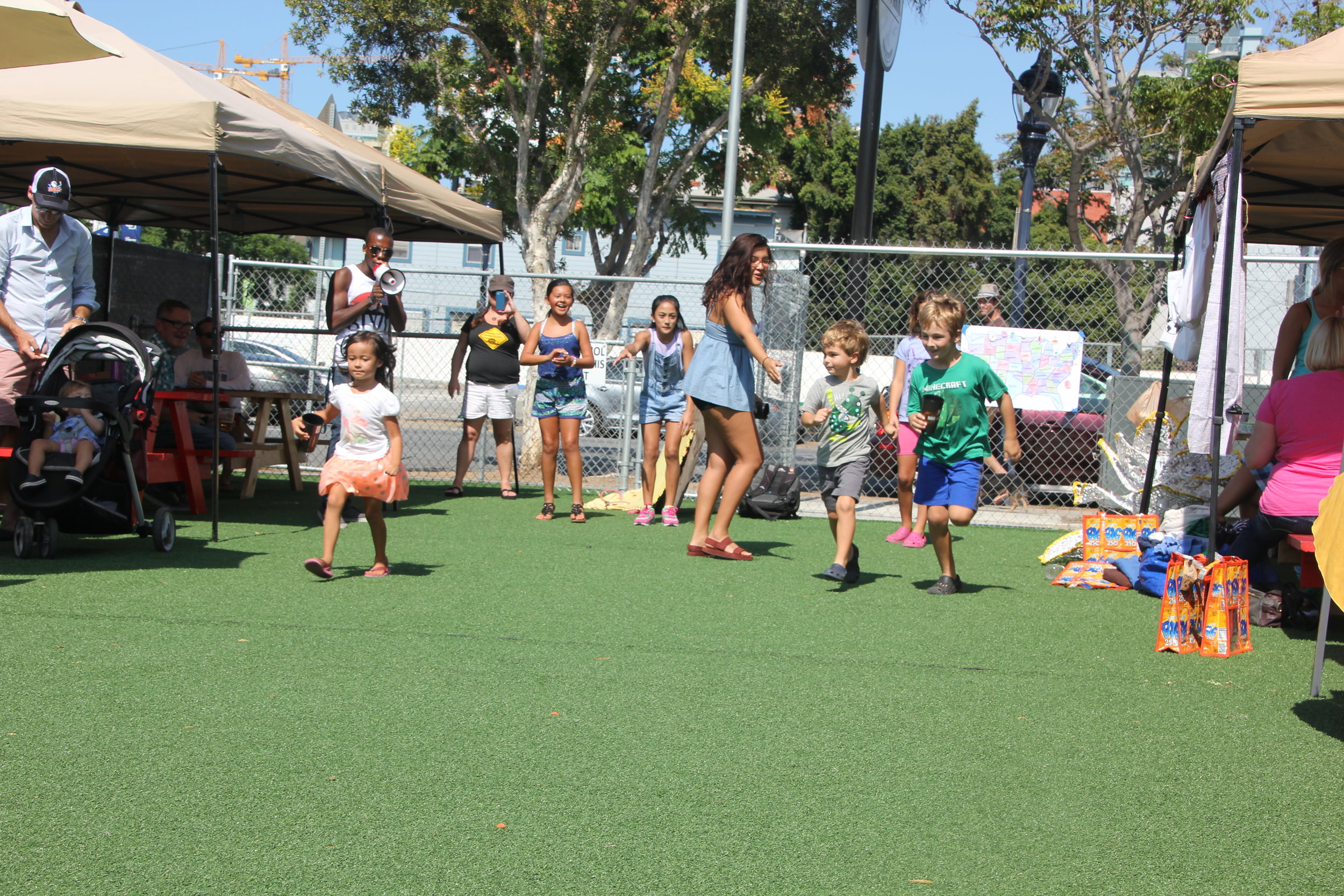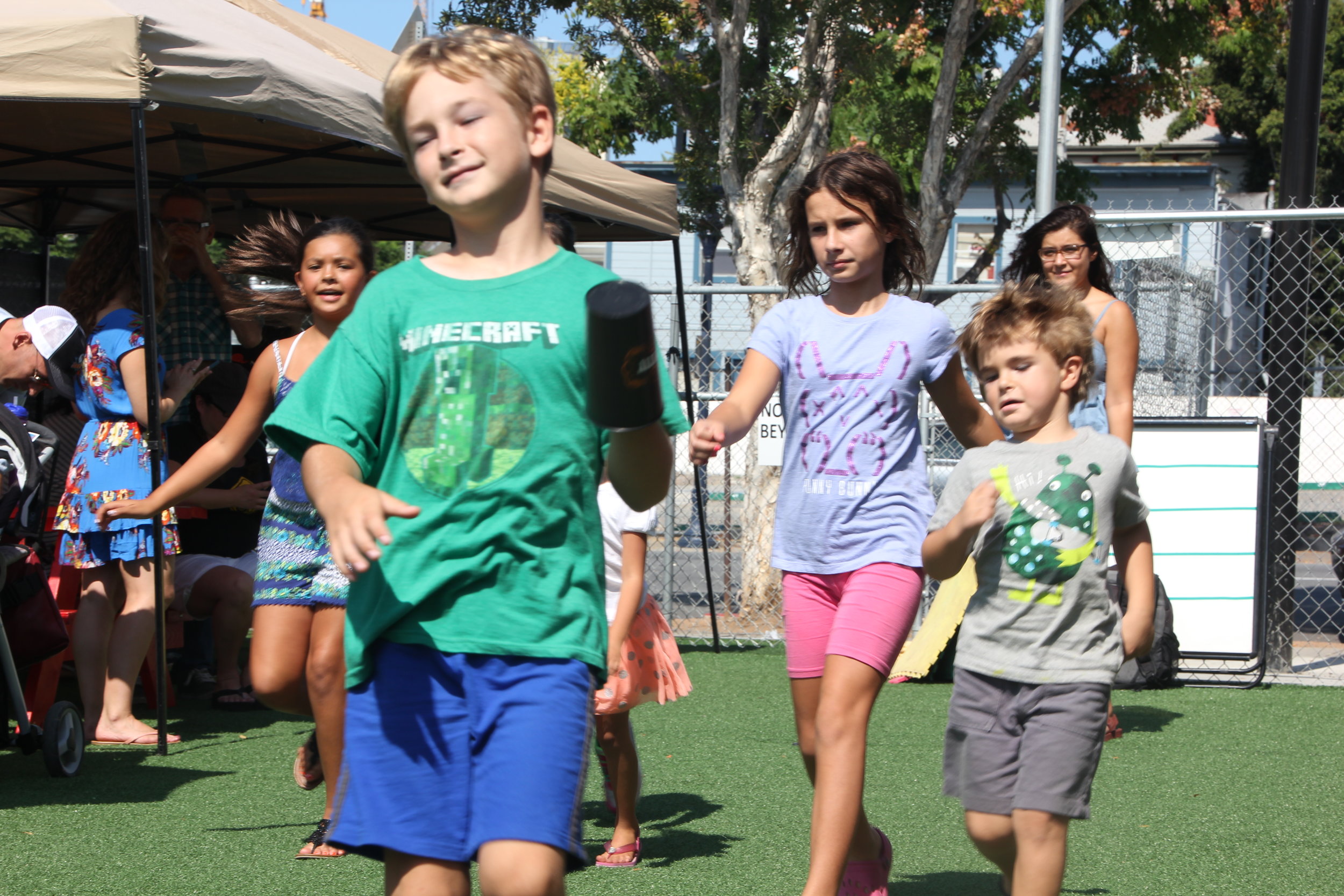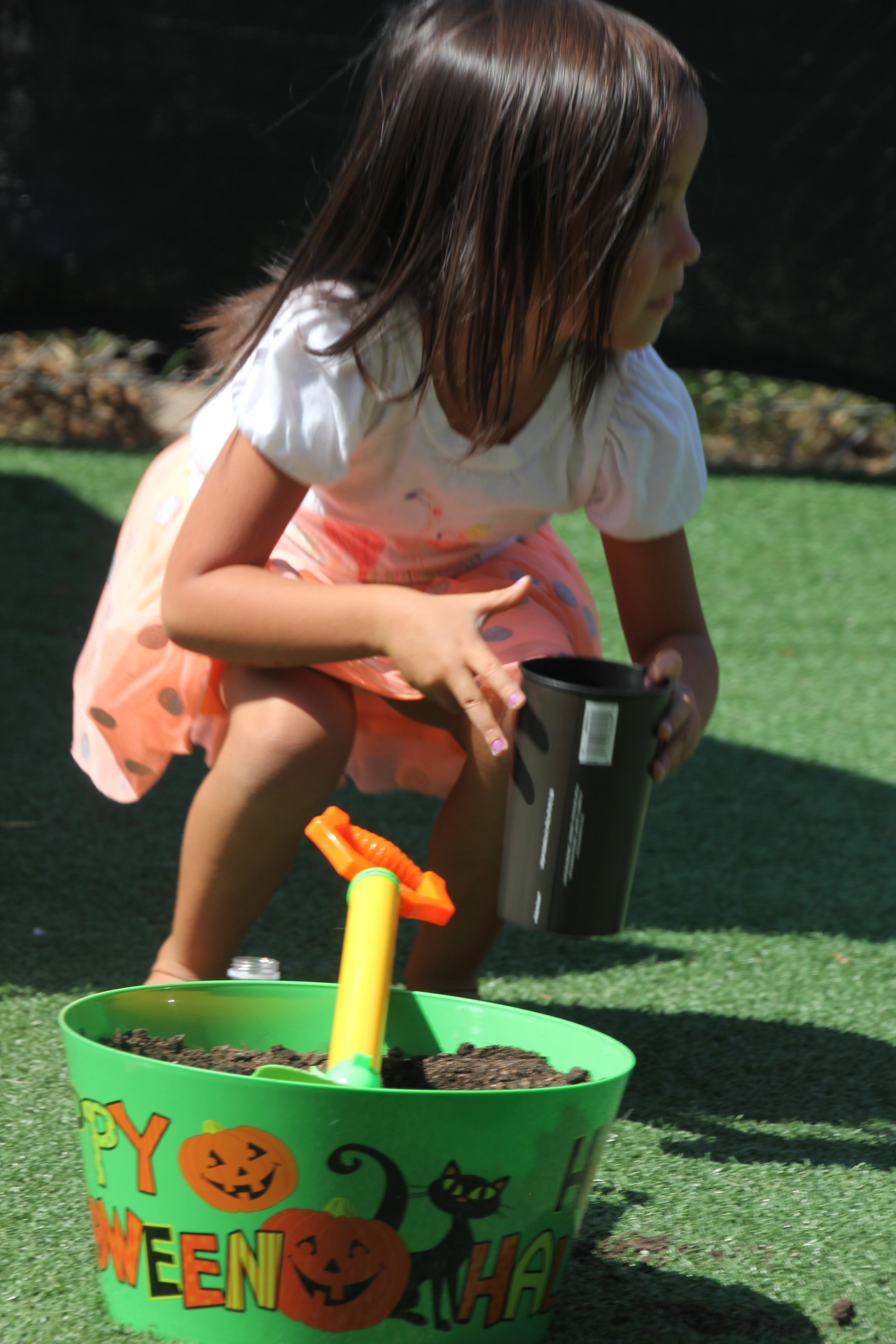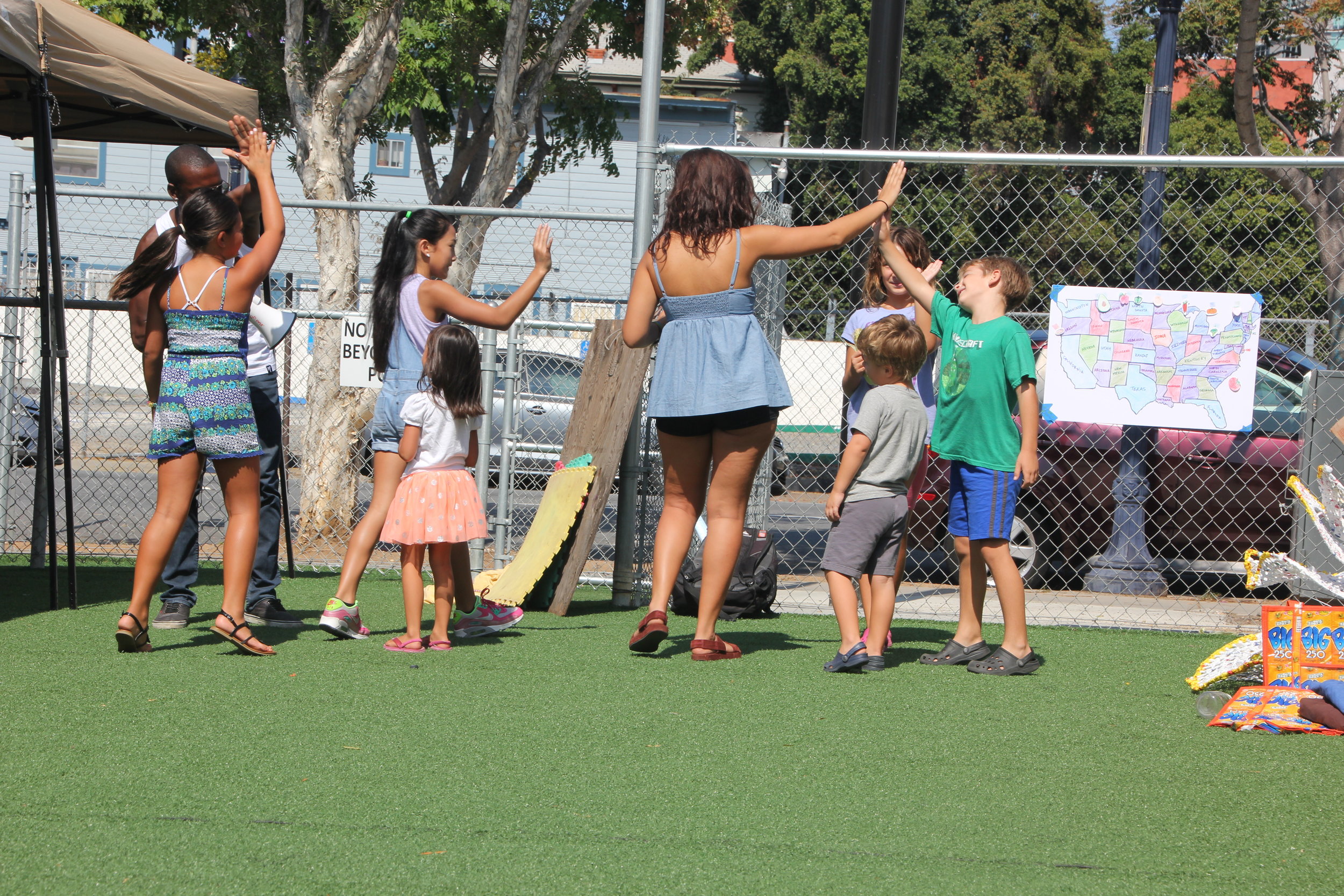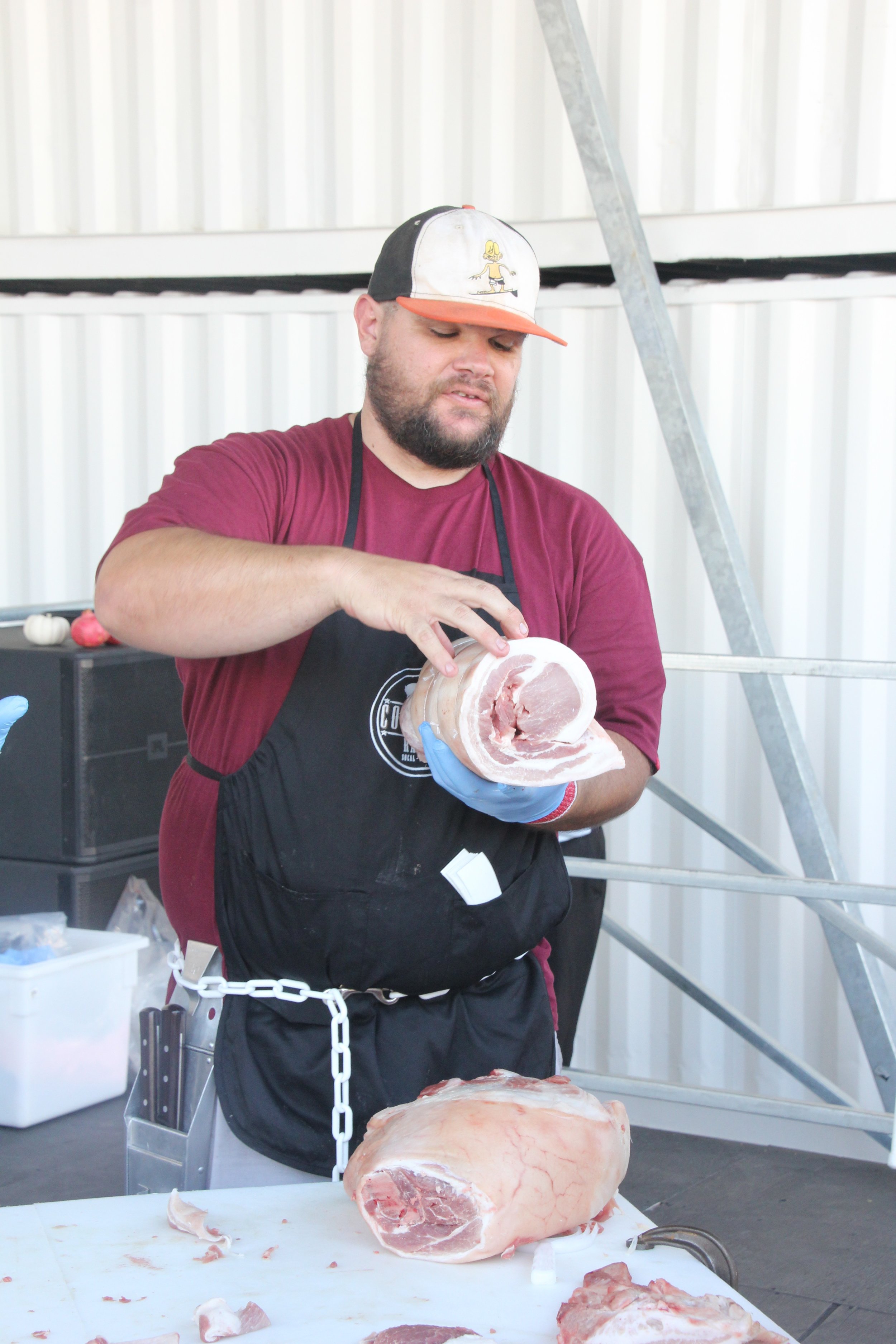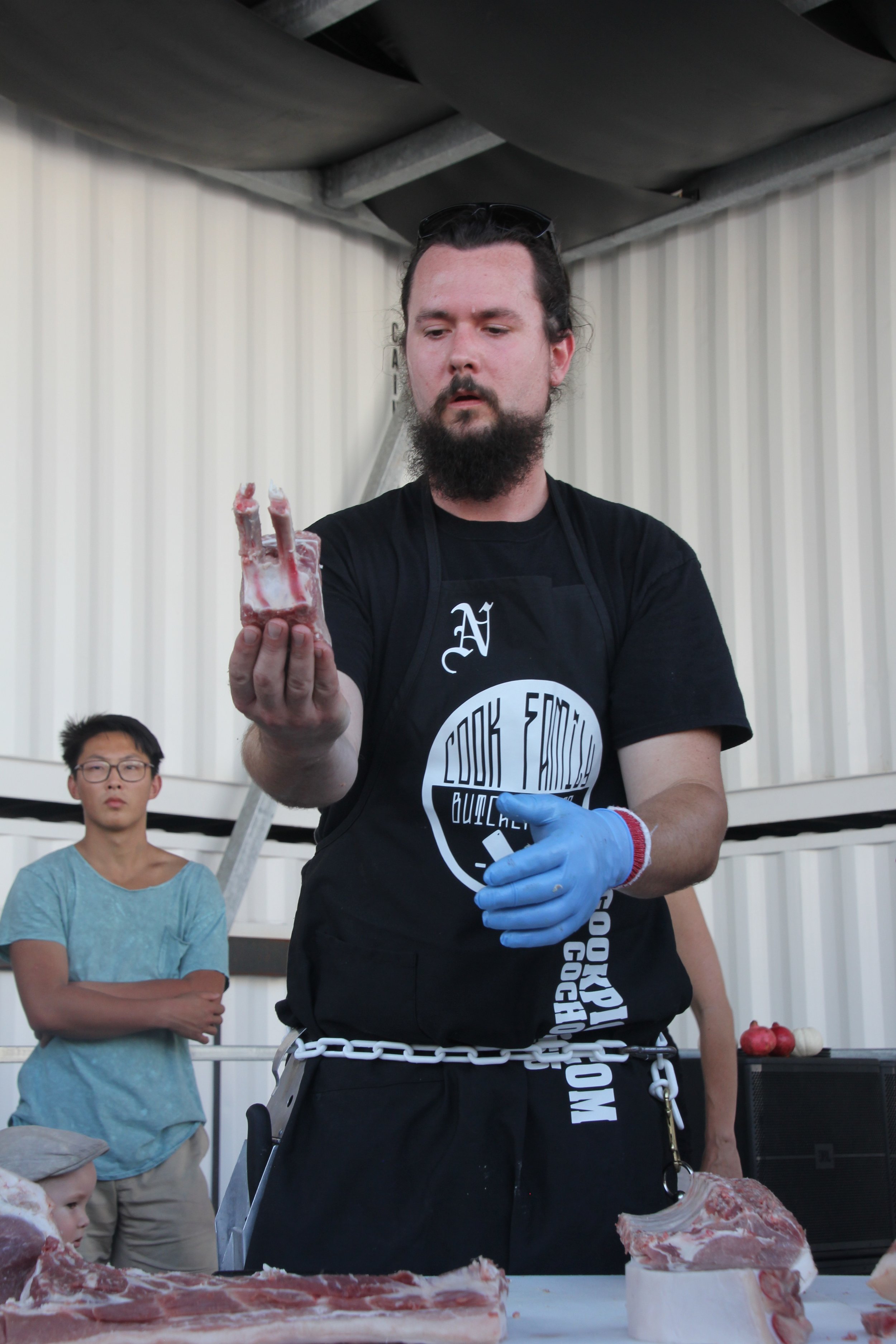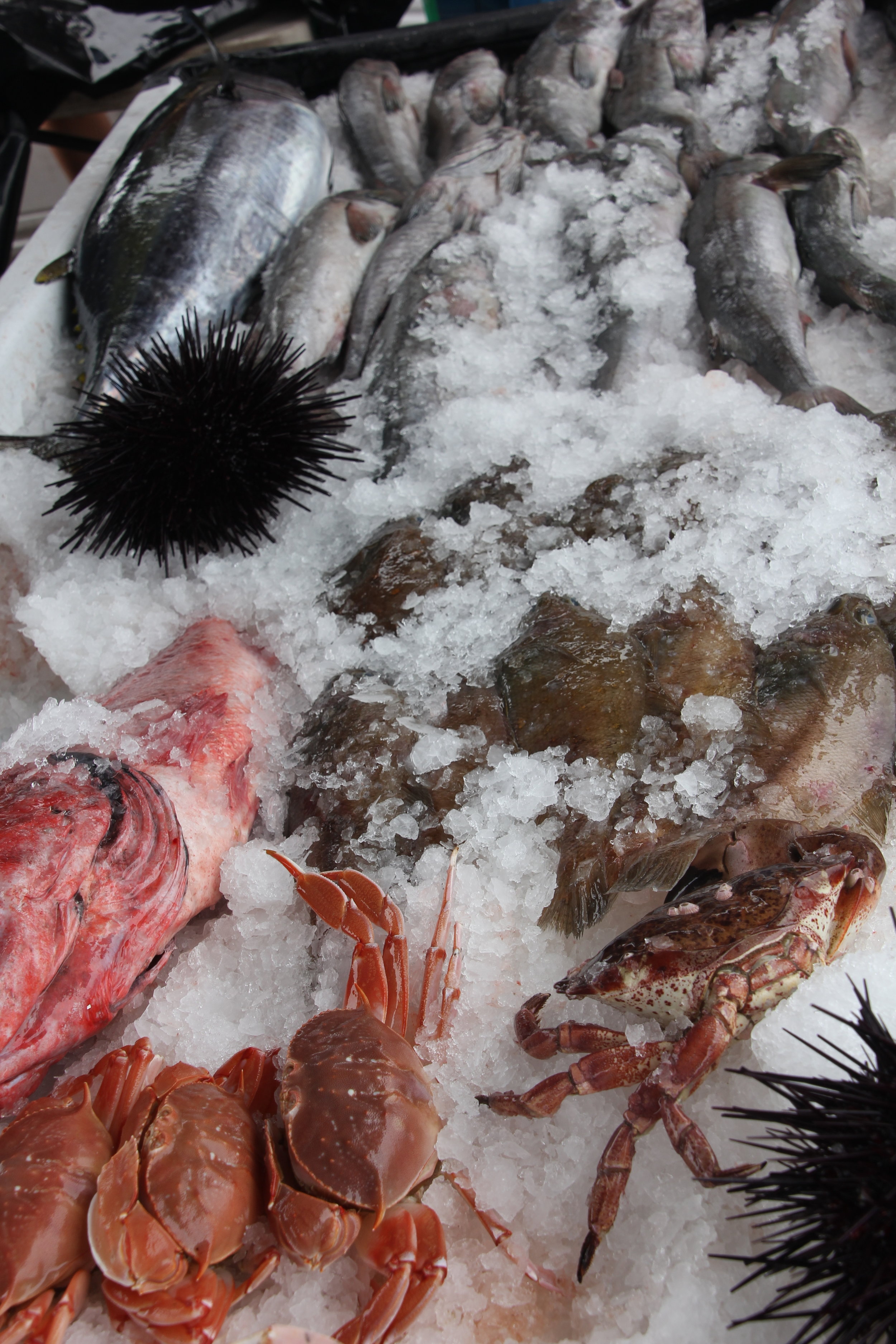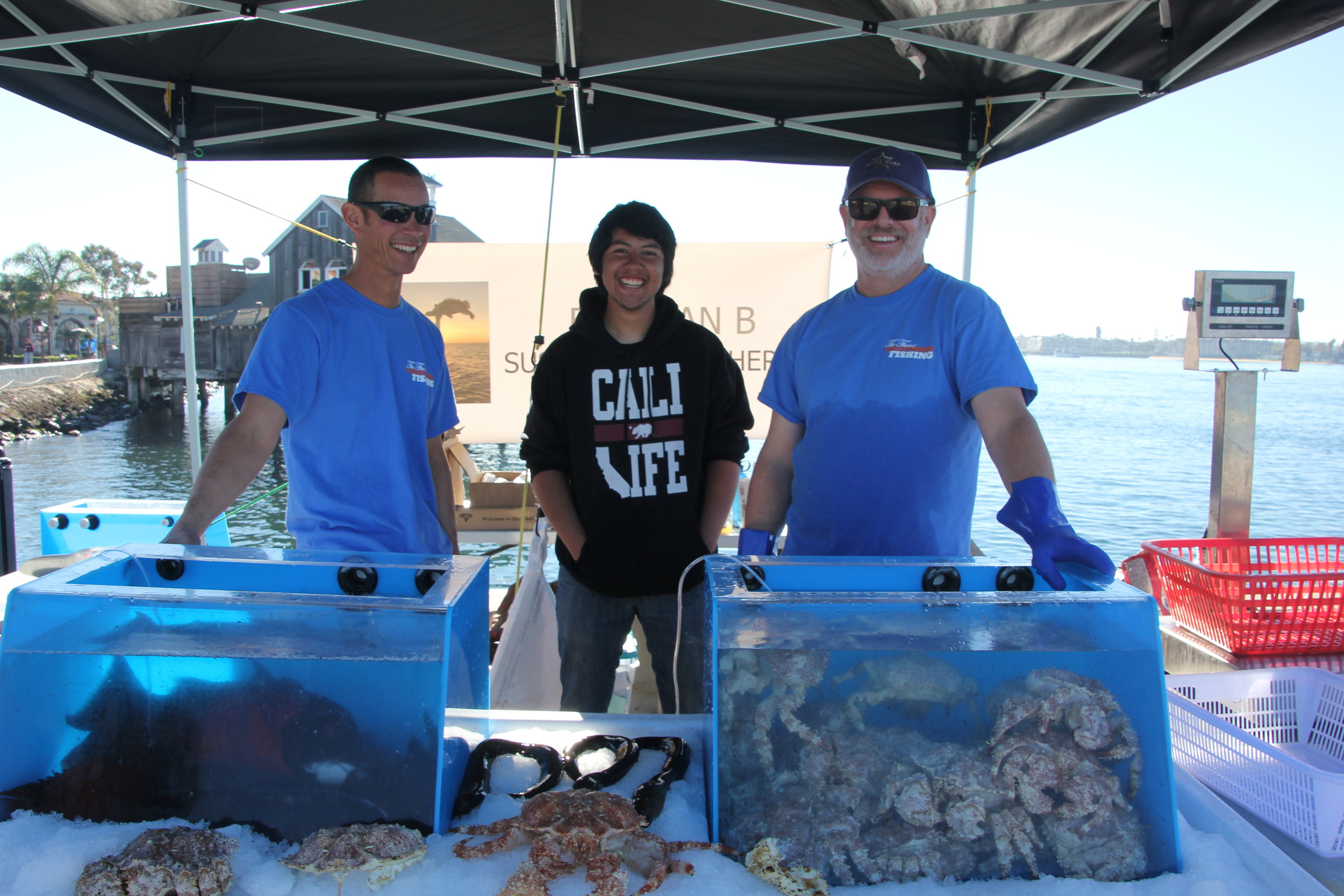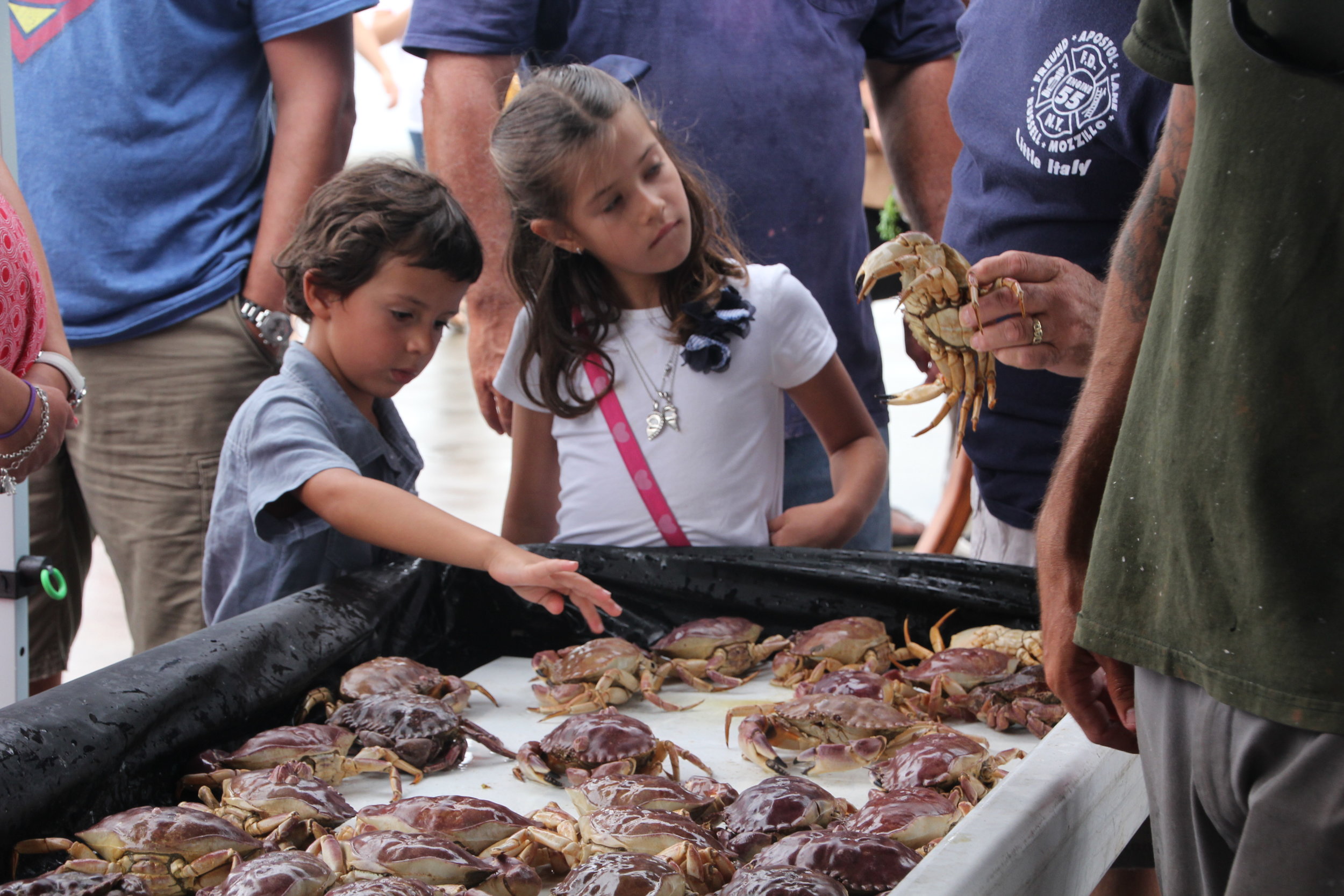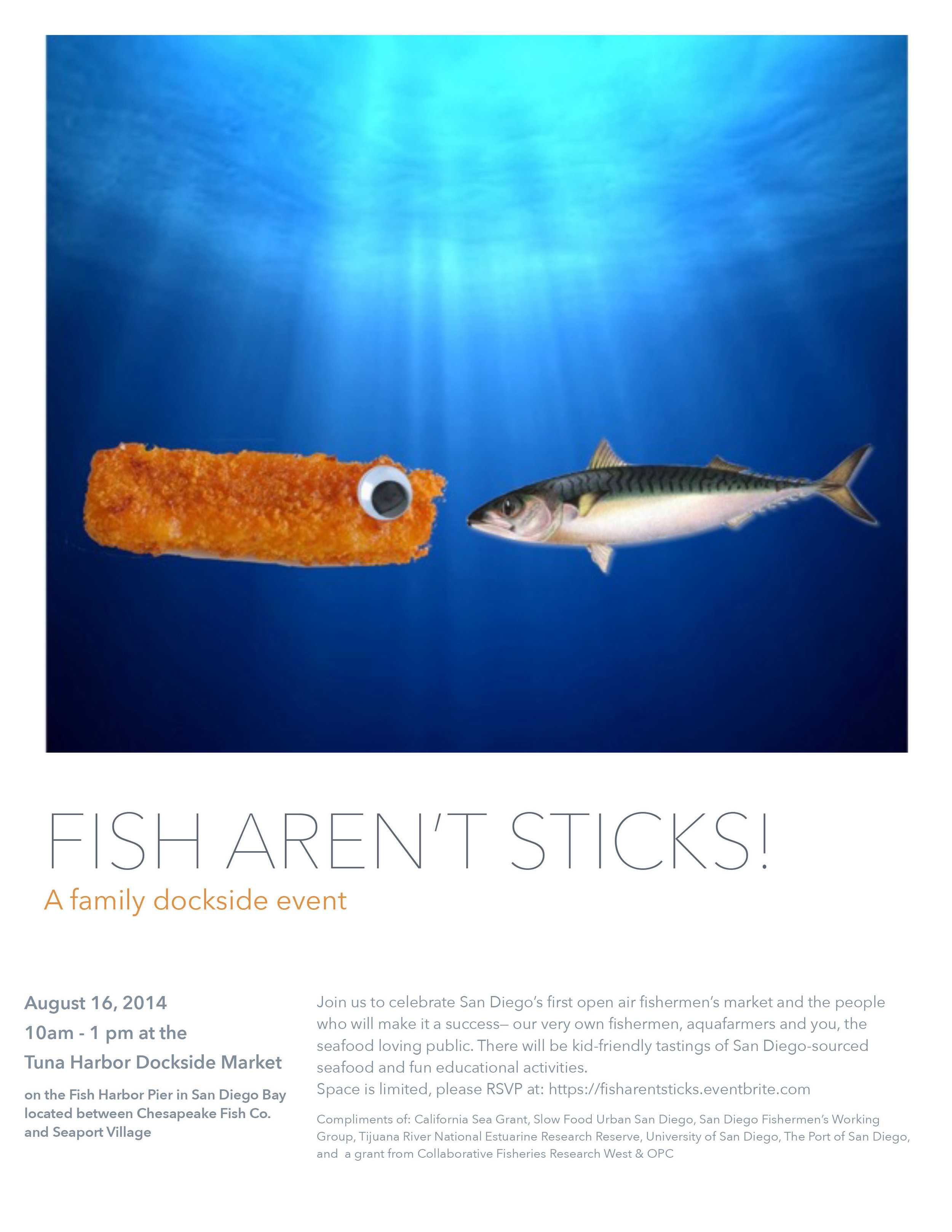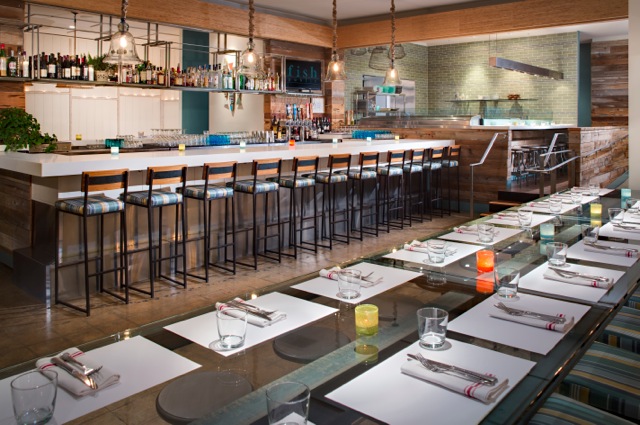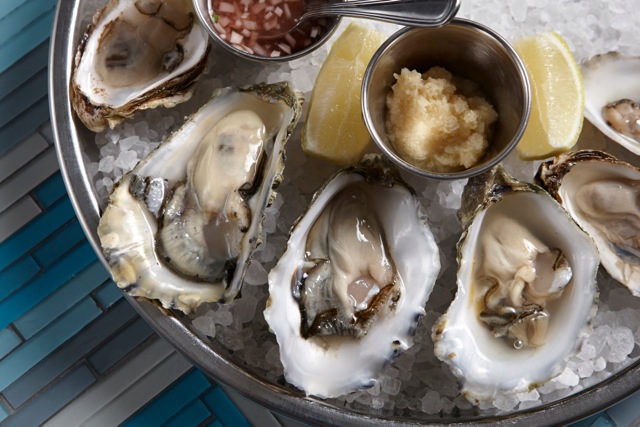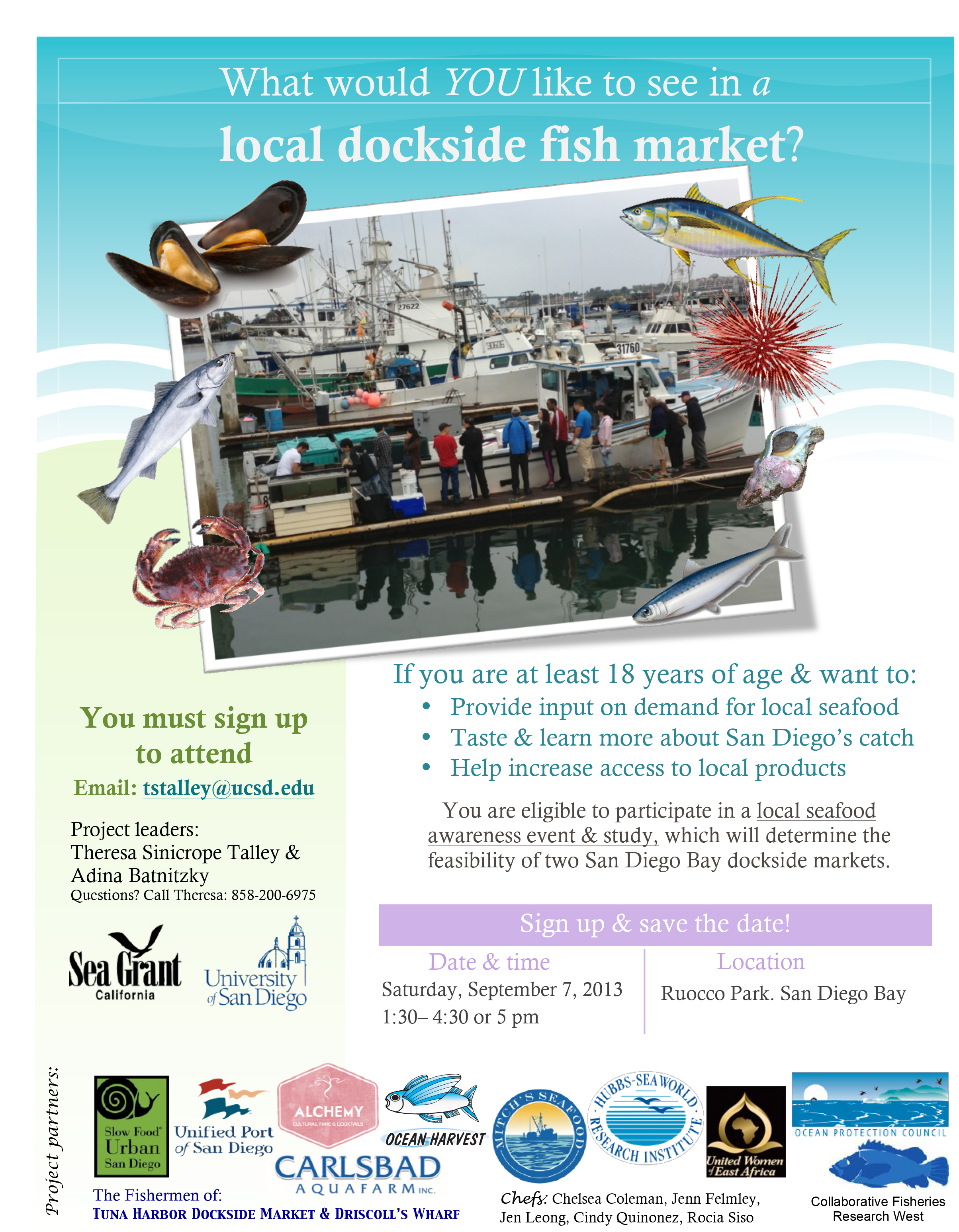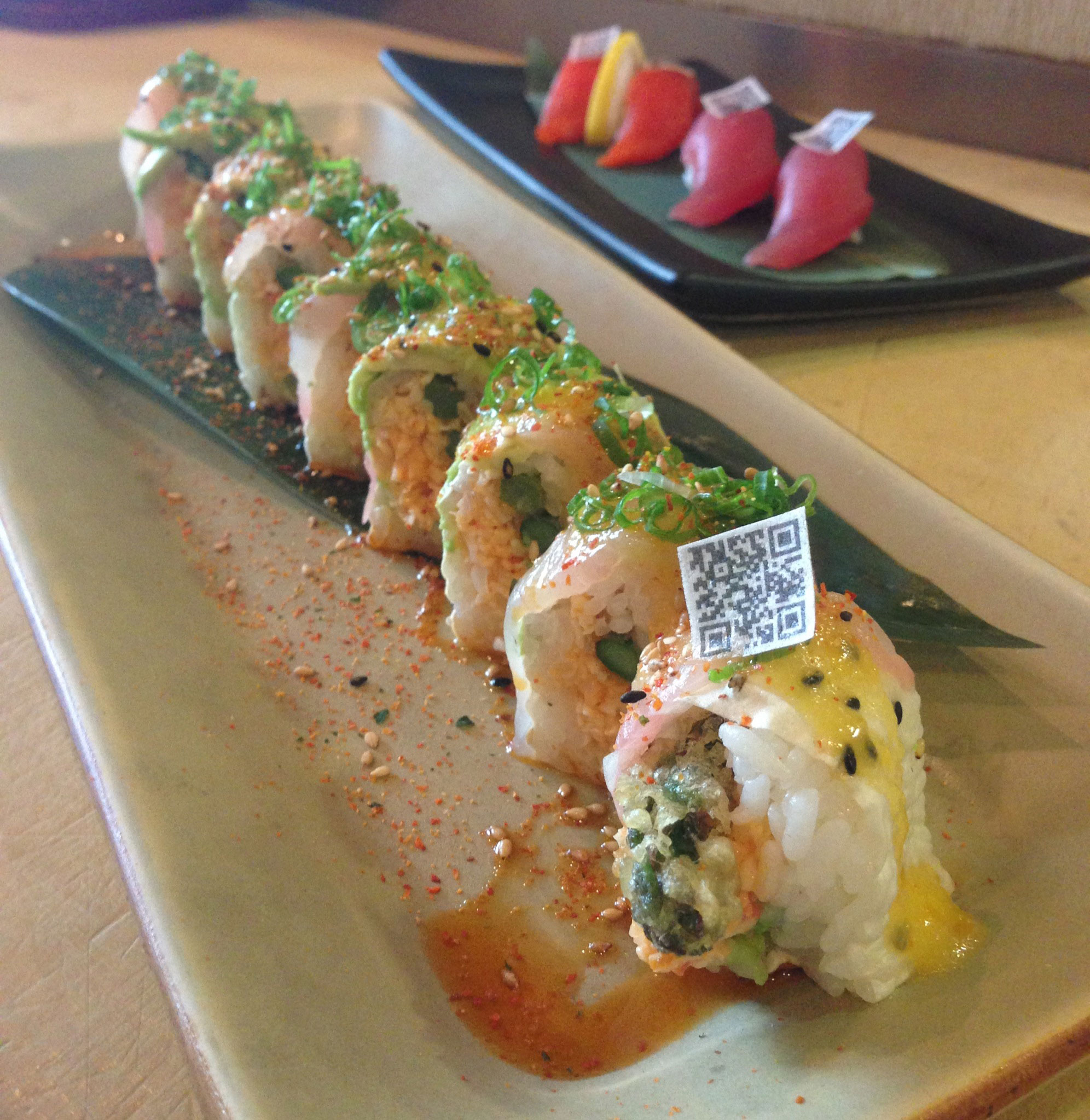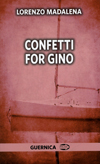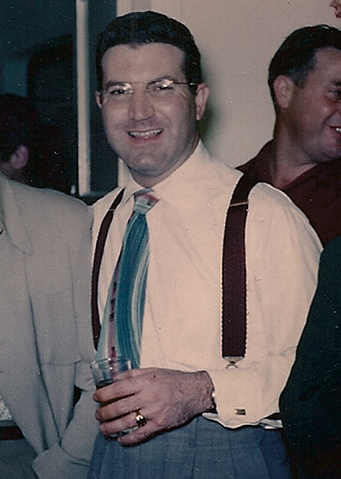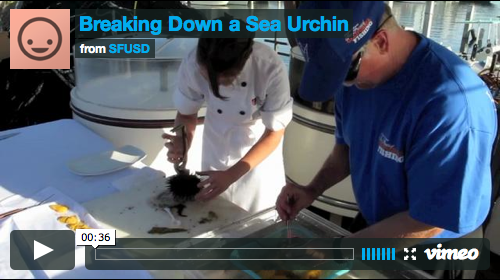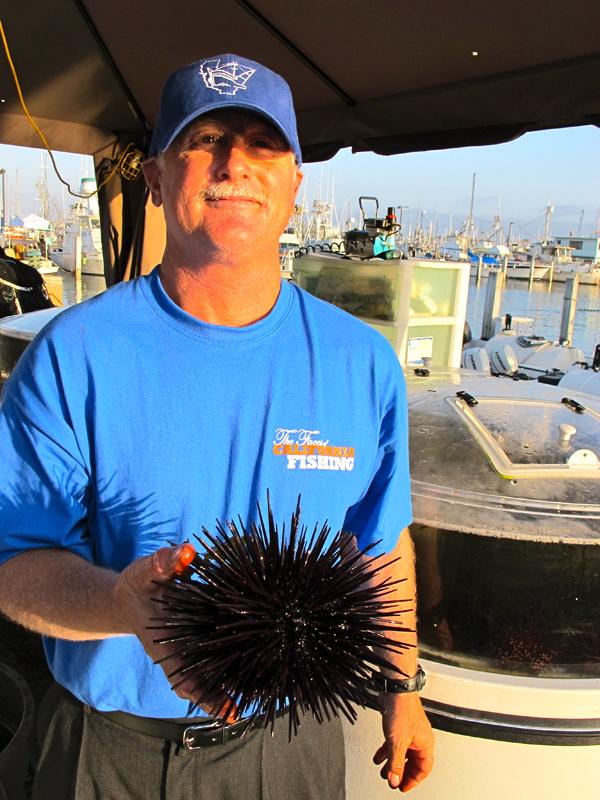In observation of the upcoming Sustainable Seafood Week, how about a little (art) history lesson? This is the story of a recently discovered mural depicting the San Diego fishing industry of the 1930s.

Back in the 1930s, the Works Progress Administration (WPA) was a New Deal agency developed by President Franklin Delano Roosevelt and the US Congress to give employment to the many Americans who were unemployed as a result of the Great Depression. Known as one of the largest job-creation programs in the history of the US, the WPA commissioned millions of Americans--many unskilled laborers, but also musicians, writers, actors, directors, and artists--to carry out projects designed to help pull the country out of economic decline. Bridges, parks, and schools were built, and numerous literary, musical, and arts projects were developed.
As part of the WPA, the Federal Art Project (FAP) employed hundreds of artists who created in total more than 100,000 paintings and murals, as well as more than 18,000 sculptures. You may have heard of some of the artists that were employed by this project: Willem de Kooning, Mark Rothko, Stuart Davis, and Jackson Pollock, to name just a few. And you may have seen some of the great murals that have resulted from these WPA efforts, as many have been preserved in post offices, courthouses, and schools across the nation. Typically, the murals tell us a great deal about society during the Great Depression, because Social Realism was the popular style at the time. Depicted are everyday scenes of the working class and the poor as critical commentaries about the institutions that perpetuate their plights.
Many FAP projects were commissioned right here in San Diego, and some excellent murals have been preserved throughout the county, such as the "Progress of Man" at the Balboa Park Club, "The Transportation of the Mail" at the downtown post office, and the "Scenic View of the Village" at the La Jolla Post Office.
Several murals were also commissioned for the San Diego State University (SDSU) campus for the iconic Hardy Tower. Surprisingly, these murals, assumed to be destroyed long ago when Hardy Tower was renovated in the 1950s, were only recently rediscovered during ceiling repairs. Seth Mallios, Chair of the Department of Anthropology at SDSU, has worked extensively on efforts to document, recover, restore, and preserve these important aspects of San Diego and SDSU history.
One mural at SDSU has been of particular interest. The 25-foot long "San Diego Industry" was completed in 1936 by SDSU student George Sorenson, and provides an excellent snapshot of the tuna fish industry in San Diego at the time. This restored mural, and others, are now displayed prominently in the SDSU Library Dome, and this video provides an excellent full view of the mural along with an informative discussion by Mallios.

Each step of the industry is depicted in the mural, though not all of it has survived the years of neglect. On the left-hand side of the mural we see men fishing, weighing the fish, and then gutting them. In the middle we see women in assembly lines, and to the far right, Asian men are working in front of bins of cylindrical cans. Mallios assumes that Sorenson used as his model for the mural the Van Camp Seafood Company, which had the first commercial tuna canneries, one of which was located in San Diego.

One interesting aspect of "San Diego Industry" is that it features the diversity of people who worked in the tuna fish industry at the time: men and women, Asians, and African Americans; though, as Mallios observes, not everyone worked side-by-side. Sorenson's placement of figures within the scene says a lot about American society in the 1930s.

Additional murals continue to be discovered in SDSU's more historic buildings, and a dedicated webpage has been created to document efforts to preserve these important pieces of SDSU history. You can also read more about the WPA murals and Mallios' work to restore them in The SOAP.







